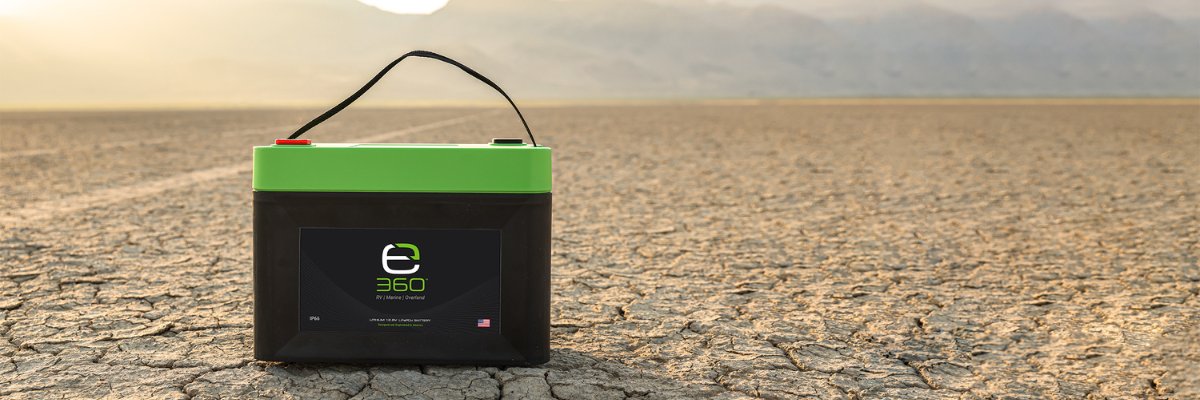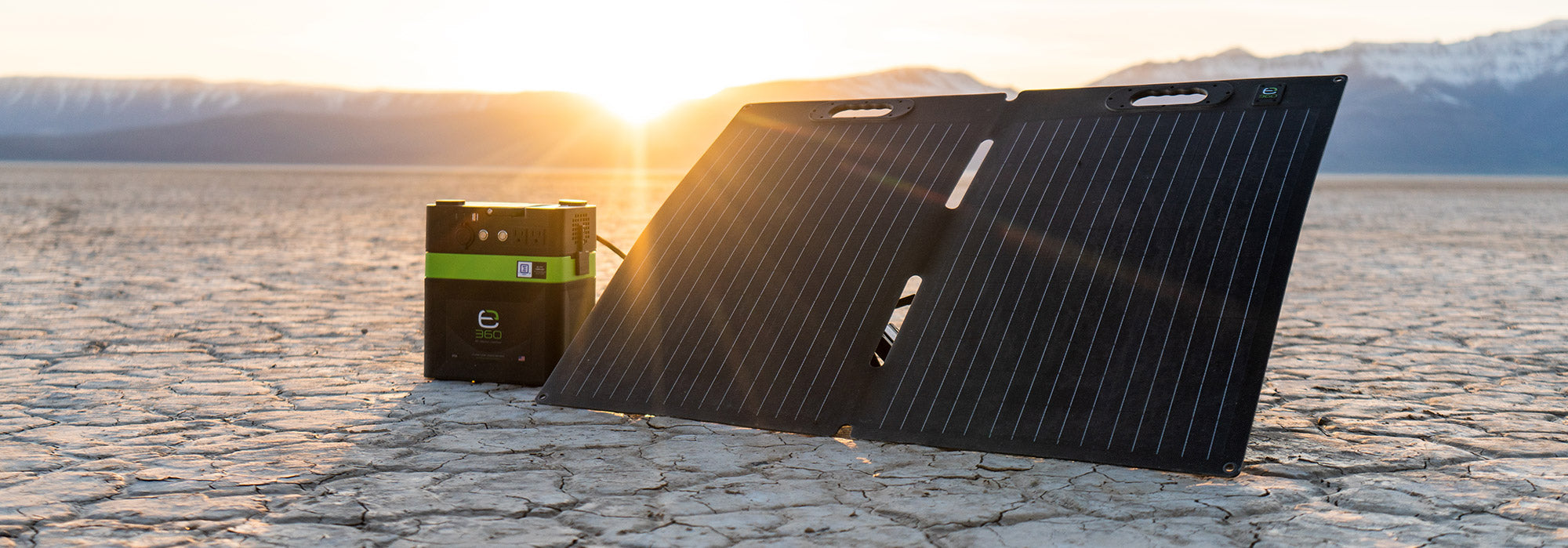Expion360's Lithium Battery Charger Options: Which Should You Choose?
Comparing and shopping for lithium batteries online can quickly turn into information overload. You not only have to consider the battery specs but also the wiring, mounting system, monitor, and, of course, the charger. As an investment into future pursuits, choosing the right lithium battery charger can make all the difference in longevity and overall performance. Today, we’re breaking down the charger types, applications, and options on the Expion360 shop.
The Importance of Choosing the Right Lithium Battery Charger
Before we detail the popular lithium battery charger options and applications, we want to stress an important point: It’s imperative the charger you choose has the ability to provide a lithium iron phosphate profile. If it doesn’t, you risk damaging your lithium battery cells and creating an unsafe power environment.
There are three stages of the LiFePO4 to consider:
- Bulk charge voltage 14.2 to 14.4 volts DC (constant current stage)
- Absorption voltage 14.2 to 14.4 volts DC (constant current stage)
- Float voltage 13.6 to 13.8 volts DC (float voltage stage)
What’s the Difference Between Standard Chargers and Advanced Charging Systems?
In your research, you’ve likely seen both of these options. A standard lithium battery charger typically has a single charging profile and delivers a constant voltage to the battery until it reaches a specific level. In addition, they have limited safety features and require manual monitoring.
An advanced charging system, on the other hand, is also known as a “smart” battery charger. It is compatible with more lithium battery types, can perform multi-stage charging, and has fast charging capabilities. These chargers also include advanced safety features such as temperature monitoring and short-circuit protection and allow for more integrative monitoring.
Popular Options and Applications
Understanding standard versus advanced charging is an important first step. But what other charging types are there for lithium batteries? And how can you choose the right charging solution for your specific needs?
Portable Converter
A portable converter is a small 120-volt charger that provides lower levels of charging currents from 2 to 25 Amps DC. These chargers are helpful when testing because of their compact size. However, they only work for charging as long as their charge rate meets your schedule (i.e., it takes a 5 amp charger about 20 hours to charge a 100 Amp battery.).
Converter Charger
You're likely familiar with a converter charger if you have an RV or Overland vehicle. These systems are usually permanently installed in your rig and provide charging capabilities when your vehicle is plugged into shore power. They usually require 120 volts AC shore voltage and have a subsequent output DC voltage to power 12-volt DC loads within the vehicle for onboard battery charging. In most cases, the charging current ranges from 30 to 80 Amps.
Inverter Charger
Of the charging units available, inverter chargers are the most versatile. As a larger unit, it can be powered from shore power or directly from the onboard battery bank. When in charger mode, shore power AC voltage passes directly through the inverter charger to power vehicle AC loads. When in this configuration, you can apply a charge to your battery bank from the DC output of the inverter charger. In inverter mode, the battery bank provides the necessary DC input to the inverter charger to generate the 120-volt AC output to your AC loads.
These chargers are popular for those who frequently camp off-grid without shore power. And, given their larger size, they have greater charging amperages when compared to mobile or converter chargers. However, it’s important to consider the accumulative load applied to your batteries based on the power you’re using.
Solar Charging
A solar charger is critical for those seeking off-grid longevity because it eliminates the need for shore power. All you need to consider for solar charging is the solar panels' size, number, and location to produce enough power to recharge the battery bank in a reasonable amount of time (weather-dependent, of course). If you opt to go the solar charger route, a solar charge controller is necessary as it takes the output voltage of the solar panel and converts it into a suitable DC output for charging your batteries.
Mobile
The last charger option we’ll outline today is best for those with charging needs while on the move. Mobile chargers—or DC to DC chargers—utilize the power generated by an engine alternator by an Overland vehicle, tow vehicle, or RV drive motor. They allow you to apply a charge to your battery bank while in transit that ranges between 25 and 50 Amps. One thing we note to our customers is to verify the output amperage capacity of your alternator is sufficient to provide the needed power to your DC to DC charger.
Expion360 Charging Options
At Expion360, we know our customer’s power needs span vehicle types, loads, weather conditions, and state lines.
We’re proud to offer advanced charging solutions from the following brands:
- Expion360
- NOCO
- REDARC
- Victron Energy
- Kisae Technology
- Progressive Dynamics
To take your battery charger investment further, we have designed and curated charging accessories such as wall mounts, extension cords, on/off switches, fuse holders, and management systems.
Keep Adventure Charged With E360
Whether you’re an avid off-grid traveler or a weekend adventurer, upgrading to a lithium battery in your rig can open up new possibilities. Understanding your lithium battery charger options helps you make an informed decision to protect and prolong your investment.
For a visual explanation of this blog, check out the corresponding YouTube video on our channel.





